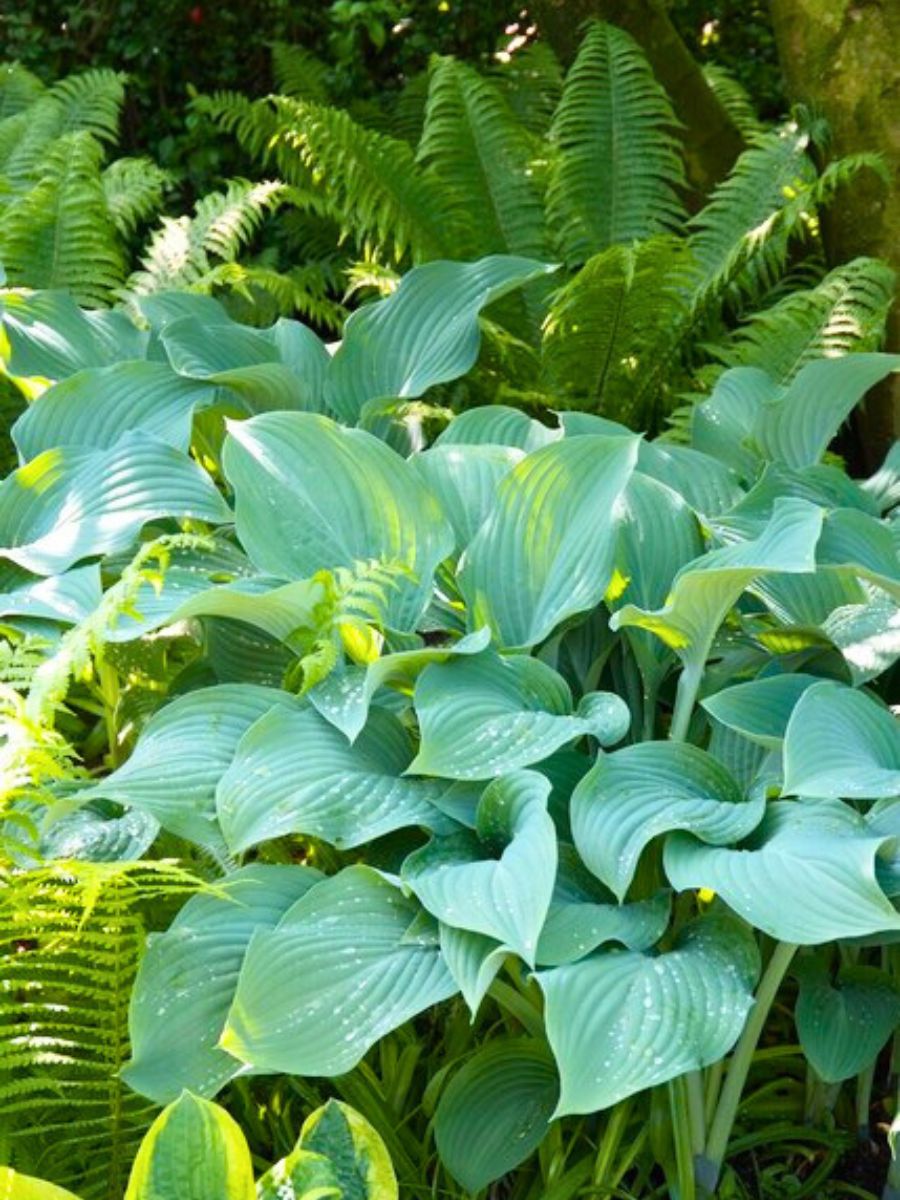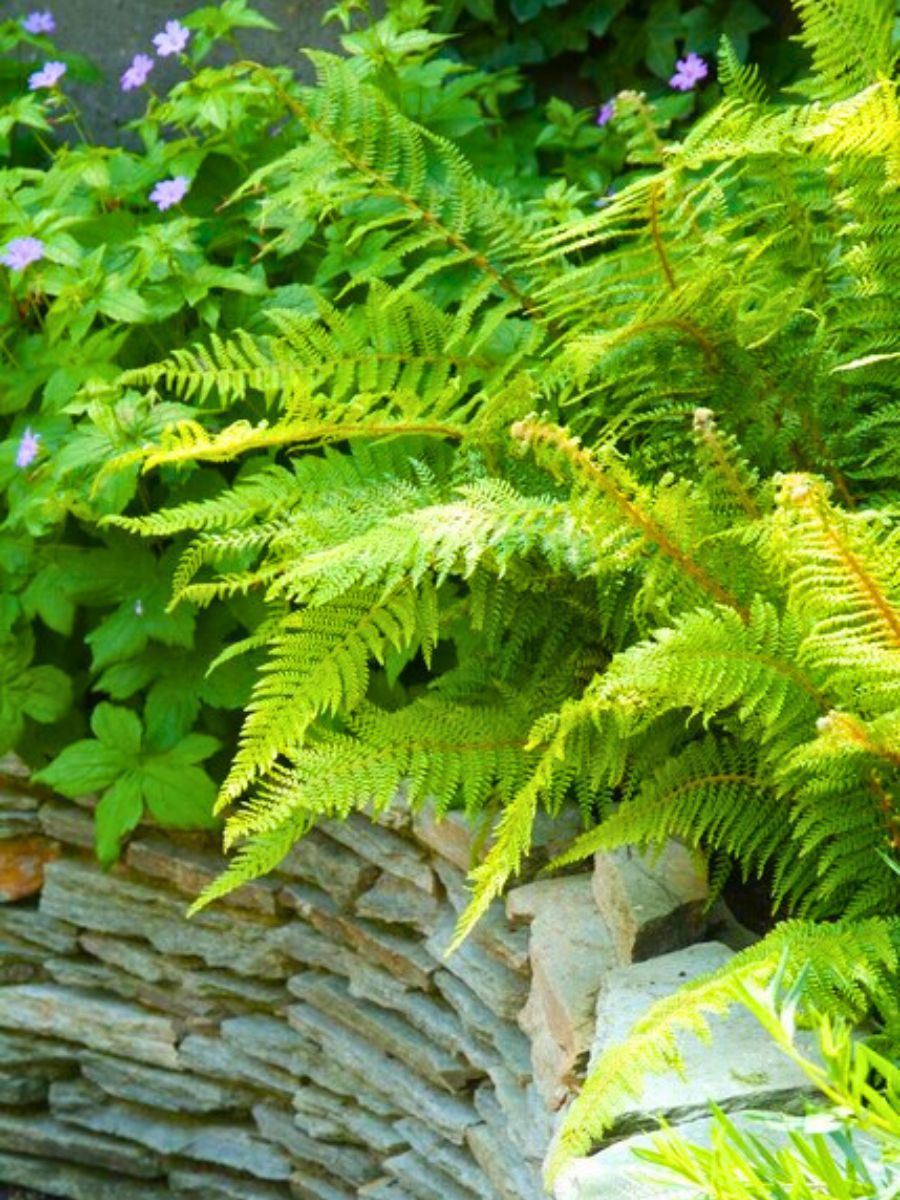If you want to increase biodiversity in your garden, consider replacing some tiles with perennials. Aside from promoting growth and flowering, excess rainwater will drain away more quickly, making it a very quick procedure. Perennial Power shares a few tips on making your garden bloom and blast with more colors and the beautiful appearance of perennials.
Make Your Garden Extra Diverse With Perennials
It's that easy! Just flip a tile and replace it with a perennial to brighten up your outdoor and garden spaces. You could also remove random tiles from a path or patio to create a fun effect and choose one variety or make a fun combination that'll make your eyes and garden happy. There's nothing better than having an outdoor space you truly love and can look out every day. Whatever perennial makes you happy, just plant it. Here are some options in case you are out of ideas or simply looking for new additions to your perennial garden.

For Sunny Spots in Your Outdoor Spaces
Adding these perennials to a sunny spot in your garden will bring a delightful world of colors and shapes, ensuring diversity and interest throughout the seasons.
Sage (Salvia Nemorosa)
Sage boasts blue, lilac, or purple flowers on square stems, adding a striking contrast to other blooms. Not only are they visually appealing, but they also attract pollinators like bees and butterflies with their fragrant foliage.

Silphium
Silphium's cheerful yellow flowers bring a burst of sunshine to the garden, brightening up any corner. They're known for their resilience and ability to thrive in various soil conditions, making them a versatile addition to any garden bed.

Devil's Bit (Succisa Pratensis)
This perennial is an elegant late bloomer, resembling pincushion flowers (Scabiosa). Their unique appearance adds the perfect touch of mystery to the garden, and their late-season blooms provide a much-needed pop of color when other flowers may be fading.

Wild Indigo (Baptisia)
Baptisia stands tall with stunning blue flowers, creating a focal point in the garden. These hardy perennials are not only beautiful but also beneficial for fixing nitrogen in the soil, improving overall soil health.

Widow Flowers (Knautia)
These perennials are richly flowering with dark-pink to burgundy blooms on long stems, adding drama and depth to any garden. Their extended blooming period ensures continuous color and interest in the garden throughout the summer months.

Prairie Mallow (Sidalcea)
This is a summer bloomer with upright white or pink flowers. Their refined appearance and ability to attract pollinators make them a great addition to any sunny border.

Yarrow (Achillea)
Yarrow offers flowers in many colors with umbels, providing a cottage garden feel. With its feathery foliage and long-lasting blooms, yarrow adds both texture and versatility to outdoor spaces.

Have you decided on your favorite yet? Until then, it's time to look at some perennial options that thrive in partial shade.
Perfect Perennials That Like Partial Shade
If you're not a fan of placing your flowering plants in completely sunny spots and prefer to let them flourish in areas with a little more shade, these perennials will be the perfect fit for your garden. They not only survive but also thrive in partially shaded conditions, bringing beauty and interest to outdoor corners.
Coral Bells (Heuchera)
Coral Bells are prized for their notable leaves which range from caramel to crimson, adding bright tones to the garden. They like to be placed in sun or shade, making them a perennial that likes either.

Wild Ginger (Asarum)
These perennials are the perfect addition to outdoor spaces. You can definitely flip a tile and plant one of these to form a lush, evergreen ground-covering environment filled with glossy, heart-shaped leaves.

Hosta
Hostas come in various cultivars, with blue-leaved types burgeoning in shade and those with yellow leaves tolerating more sun. Loved for their rich foliage and fragrant summer flowers, they add the ideal amount of beauty to any garden.

Yellow Fairy Bell (Disporum)
Disporum graces the garden with pendulous bell-shaped flowers, thriving in partial shade with attractive foliage year-round. Why not have it in your backyard?

Fern (Polystichum Setiferum)
Ferns are an all-time favorite and for a good reason. These perennials offer diverse leaf shapes and colors, thriving in shady, moist environments, adding texture and greenery to garden beds.

Bugleweed (Ajuga)
Last but not least, Bugleweed is a robust option with purple-blue flowers that grows well in sun or shade. Its leaves suppress weeds and add color to any area.

Flip a Tile and Plant a Perennial
How can you flip a tile and make it flourish with your fave perennials? Here's a step-by-step provided by Perennial Power:
- Pry the tile or tiles loose with a spade.
- If there is no garden soil underneath the tile, replace the sand with garden soil, preferably at least a foot deep.
- If desired, mix organic material (compost or fertilizer) into the soil. Dig a spacious planting hole with a shovel (about twice the size of the root ball). Loosen the bottom.
- Carefully remove the plant or plants from the pot. If necessary, you can cut the pot to avoid damaging the plant.
- Fill the hole with enough soil so that the plant sits slightly deeper than it was in the pot.
- Put in the plant or plants and top up with the rest of the soil. Lightly press the soil with your hands.
- Water generously.


Make perennials your new go-to options to make the most out of your garden.
All photos by iVerde , unless otherwise noted.










